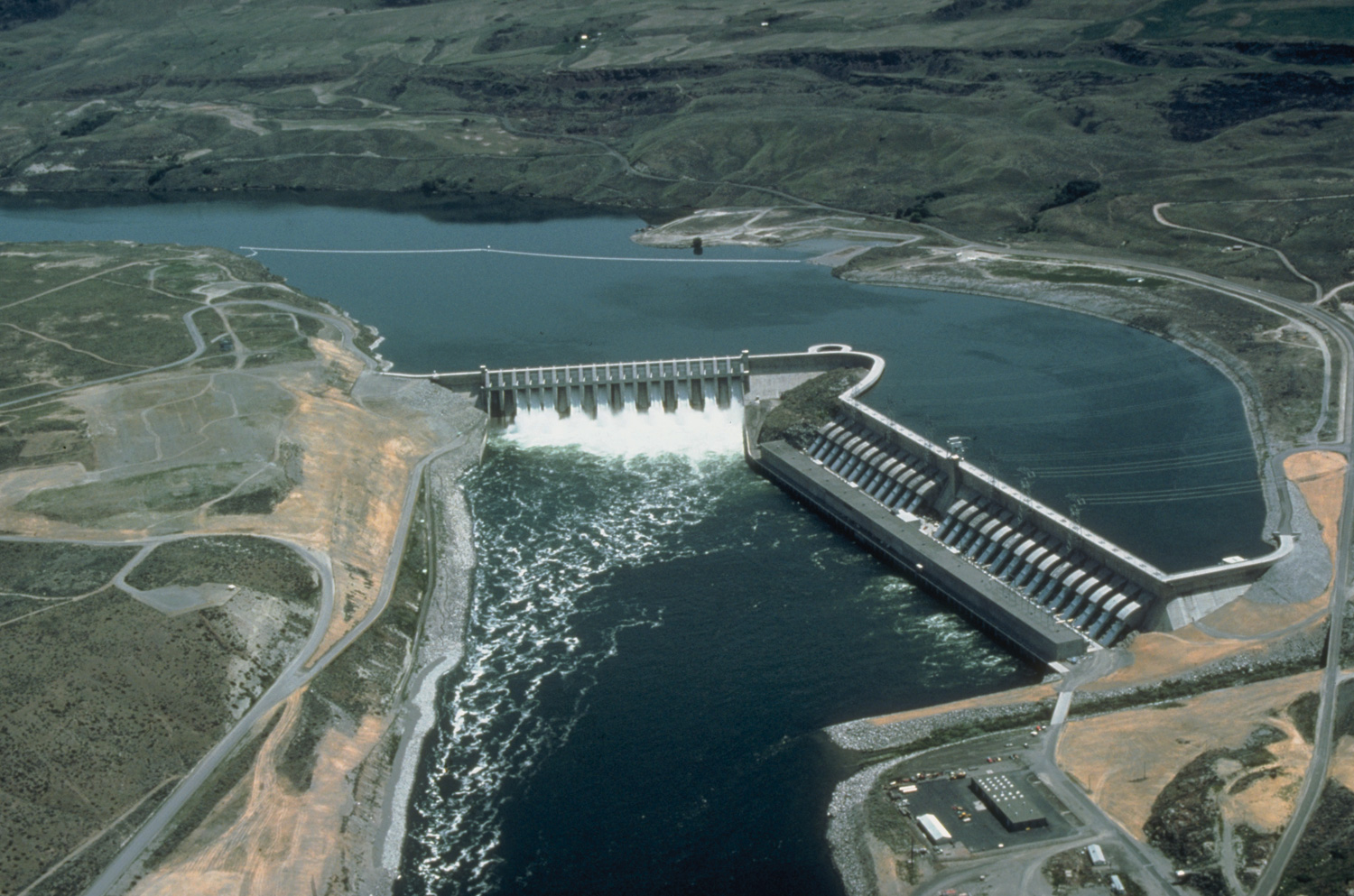Methodologies of Environmental Flow Assessment (Part One)
Last time, I had introduced about eflows and why they are important for river management. This article will briefly discuss the methodologies in measuring eflows. Measuring eflows vary widely.
Different methodologies are available for measuring eflows. Eflows measurement can be done according to the spatial nature of the research you are doing- i.e. how big is your study site- is it a small river stretch? Or does it cover an entire river basin?
Or, methodologies could also vary depending upon the temporal scale- i.e. the time frame of your research. Are you planning to collect a two years weekly data or are you using 20 yearlong monthly data?
According to Arthington et al. (2003), the methodologies could also be rapid reconnaissance level (preliminary survey or research) approach for regional, national or basin wide water resource planning to resource intensive methodologies for highly exploited rivers which have been used extensively or rivers of high conservation significance.
 | |
| A diagram showing how floods change the floodplain of the river. Image taken from http://www.bbc.co.uk/ |
The examples of biophysical structures are diversity and abundance of riparian vegetation, bank and bed physical habitats, floodplain characteristics, depth of river etc. Whereas the floodplain ecosystems could be physical nature of the river channel, sediment regime and water quality, biological diversity/riverine biota and key ecological processes sustaining the aquatic ecosystems (Naiman et al., 2002). These processes in turn govern the ecosystem goods and services that rivers provide to humans such as flood reduction, production of fish and other foods, marketable goods etc. (Arthington et al., 2003)
 |
| A diagram showing hydrological processes in a river. Image Taken from http://profile.usgs.gov/efurlong |
Because these hydrological processed are changing, there has been corresponding negative impacts on riverine ecosystem and this has led to the gradual establishment of a scientific research termed Environmental Flow Assessment (EFA) (Tharme, 2003).
EFA are divided into two types based on the management response:
Proactive Response: This is done to evaluate eflows requirements to an undammed yet potential river that will be dammed in future.
Reactive Response: This is done in order to restore certain characteristics of a modified/regulated river.
As discussed in the beginning, different methodologies are appropriate for estimating eflows. For example, methodologies differ on the scale of assessment i.e. according to the size of river basin, time frame available for eflow assessment, data availability, technical capacity and finances.
In the next blog post, I am going to outline the characteristics, strengths and limitations of the methodologies in use. These methods have been developed by highly esteemed river scientists to increase the capacity of future researchers to produce a quantitative predictions of the effects of altering a river flow’s regime outcomes and eventually predict biological and socio-economic consequences of changes in river flow regimes by using scientific model.
References
Arthington, A., Tharme, R., Brizga, S., Pusey, B., & Kennard, M. (2003). Sustaining Livelihood and Biodiversity in the New Millennium. Proceedings Of The Second International Symposium On The Management of Large Rivers For Fisheries (pp. 37-66). Phnom Penh, Kingdom of Cambodia: FAO & MRC.
Naiman , R., Bunn , S., Nilsson, C., Petts, G., Pinay, G., & Thompson, L. (2002). Legitimizing fluvial ecosystems as users of water. Environmental Management, 455-467.
Olden, J., & Poff, N. (2003). Redundancy and the choice of hydrological indices for characterising streamflow regimes. River Research and Applications, 101-121.
Poff, N., Allan, J., Bain, M., Karr, J., Prestegaard, K., Richter, B., . . . Stromberg, J. (1997). The natural flow regime, a paradigm for river conservation and restoration. BioScience 47, 769-784.
Richter, B., Baugartner, J., Powell, J., & Braun, D. (1996). A method for assessing hydrologic alteration within ecosystems. Conservation Biology, 1-12.
Tharme, R. (2003). A global perspective on enviornmental flow assessment: Emerging trends in the development and application of environmental flow methodologies for rivers. . River Research and Applications, 397-442.


Comments
Post a Comment